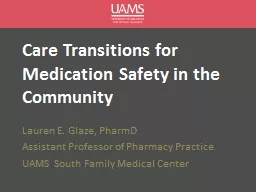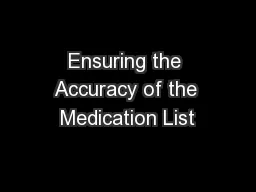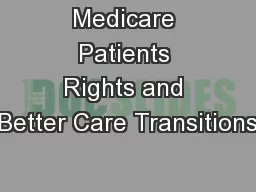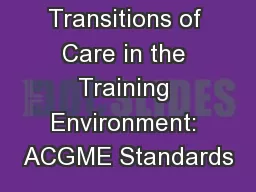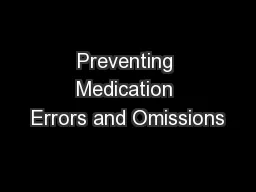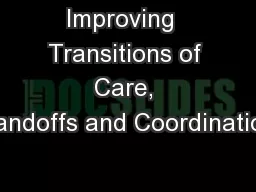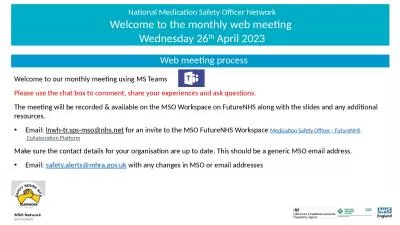PPT-Care Transitions for Medication Safety in the Community
Author : alexa-scheidler | Published Date : 2018-10-10
Lauren E Glaze PharmD Assistant Professor of Pharmacy Practice UAMS South Family Medical Center Objectives Define transitional care and its impact on healthcare
Presentation Embed Code
Download Presentation
Download Presentation The PPT/PDF document "Care Transitions for Medication Safety i..." is the property of its rightful owner. Permission is granted to download and print the materials on this website for personal, non-commercial use only, and to display it on your personal computer provided you do not modify the materials and that you retain all copyright notices contained in the materials. By downloading content from our website, you accept the terms of this agreement.
Care Transitions for Medication Safety in the Community: Transcript
Download Rules Of Document
"Care Transitions for Medication Safety in the Community"The content belongs to its owner. You may download and print it for personal use, without modification, and keep all copyright notices. By downloading, you agree to these terms.
Related Documents

